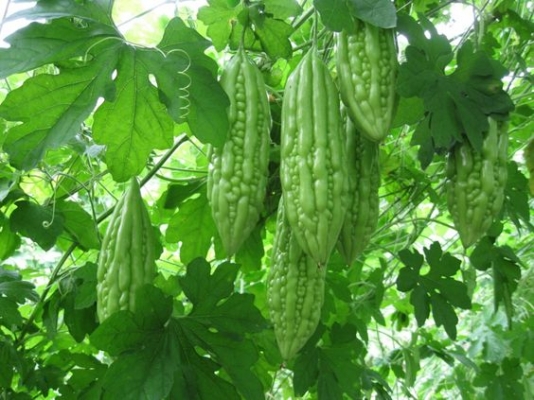General Information
Another name of Bitter gourd is “bitter melon”and is also known as “Karela” in Hindi.The botanical name of bitter gourd is Memordicacharantia and it belongs to the family of “Cucurbitaceae”. It is popularly known for its medicinal, nutritional and other excellent health benefits. Because of its high demand in the market, bitter gourd farming is very popular now a day. Bitter gourd is mainly used for making juice and for culinary purpose. It is a rich source of Vitamin B1, B2 and B3, C, beta-carotene, zinc, iron, phosphorus, potassium, manganese, folateand calcium. It has health benefits such as it helps in preventing blood disorders, detoxifies blood and liver, boosts immune system and helps in weight control.







